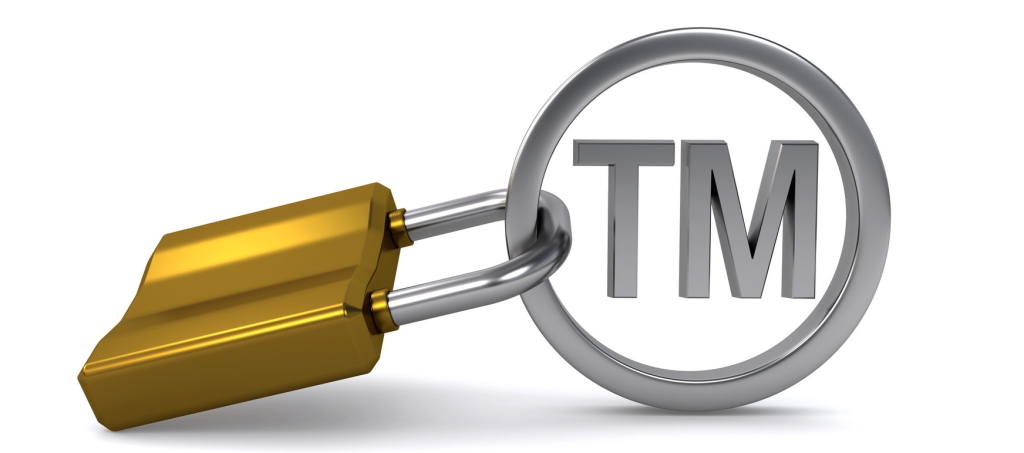Now Reading: Four Dangerous Misconceptions About Trademarks and Trademark Infringement
-
01
Four Dangerous Misconceptions About Trademarks and Trademark Infringement

Four Dangerous Misconceptions About Trademarks and Trademark Infringement
Most businesses are aware of how essential using trademarks and not infringing on other companies’ trademarks is for building a successful company. However, many business owners, executives, and marketers are often susceptible to misconceptions regarding trademark law and practice. Here are four dangerous misconceptions you need to be aware of.
1. It Is Difficult to Correctly Register a Trademark
Many startups put off registering a trademark because they think it is a difficult process. But the longer you leave trademarking your intellectual property, the more you leave your business’s name, logo, and designs open to being ripped off by competitors. The best time to trademark things like your business name and logo is before you even launch your business. Anyway, registering a trademark is not as challenging as it may first appear. However, you do need to ensure you register trademarks correctly. So, the best option is to hire a trademark registration company in which experienced trademark attorneys do a search report on your trademark possibilities and then process your application with the Trademark Office for you, handling all of the necessary formalities along the way.
2. You Can Never Use a Competitor’s Trademarks
It is dangerous to use other businesses’ trademarks in your marketing materials because you do not want to end up infringing on those trademarks and facing a lawsuit. However, it is just as damaging to not fully understand how and when you are able to use competitor’s trademarked names, logos, and slogans. There are certain times when you can indeed use those in your marketing content without infringing on your competitor’s intellectual property. The key is to know the precise legal rules. Typically, you can use competitors’ trademarks to fairly and accurately describe or compare their products or services with your own and others. That can be an effective marketing tool because you get to highlight your brand’s attributes in comparison with your competitors. Approach comparative advertising with caution, though. Always make sure you know what you are legally allowed to do and not do. It is a good idea to consult with a trademark attorney to ensure you do not make any dangerous mistakes.
3. You Do Not Have to Stick to Registered Classes
When your trademark is registered it will fall into certain categories. For example, you could file a trademark, for a word or logo, to be used in the class that covers clothing items like hats, shorts, T-shirts, and pants. But if you do not use your trademark in the way it was registered, your trademark could face full or partial cancellation. So, if you only use your trademark on hats but not the other items under which the mark is registered, you could run into problems. You should always use the trademark precisely as it is registered for all goods or services listed in your original trademark registration.
4. You Do Not Need to Do Anything After Your Trademark Is Registered
A common misconception is that once you have registered a trademark, you never need to keep an eye on competitors potentially using your names and designs because the Trademark Office will prevent others from using similar trademarks. The truth is, just because you have trademarked things like your business name and logo, it does not mean competitors will not use them. They are less likely to use them because they are trademarked but rip-offs are still rife. It is up to you to search for similar designs. If you find any that are infringing on your trademark, you will be able to file a lawsuit.








